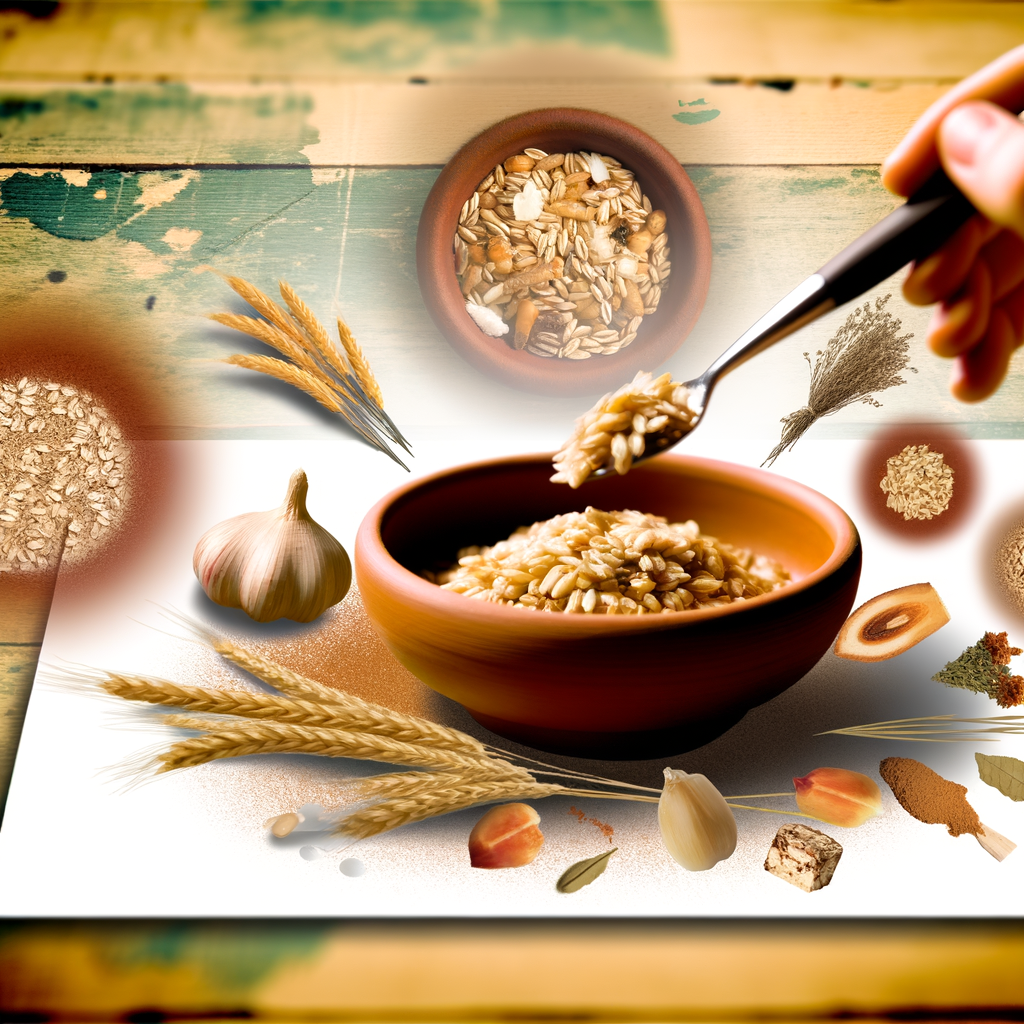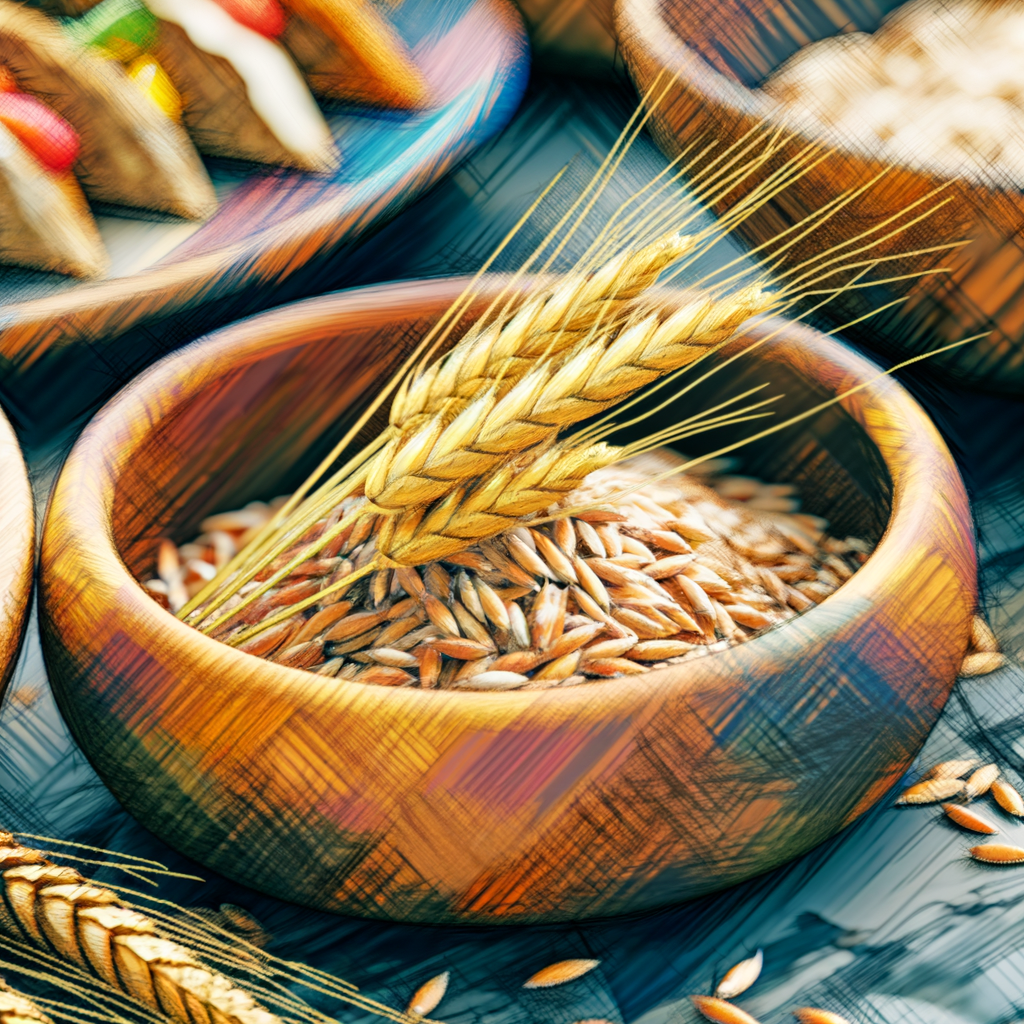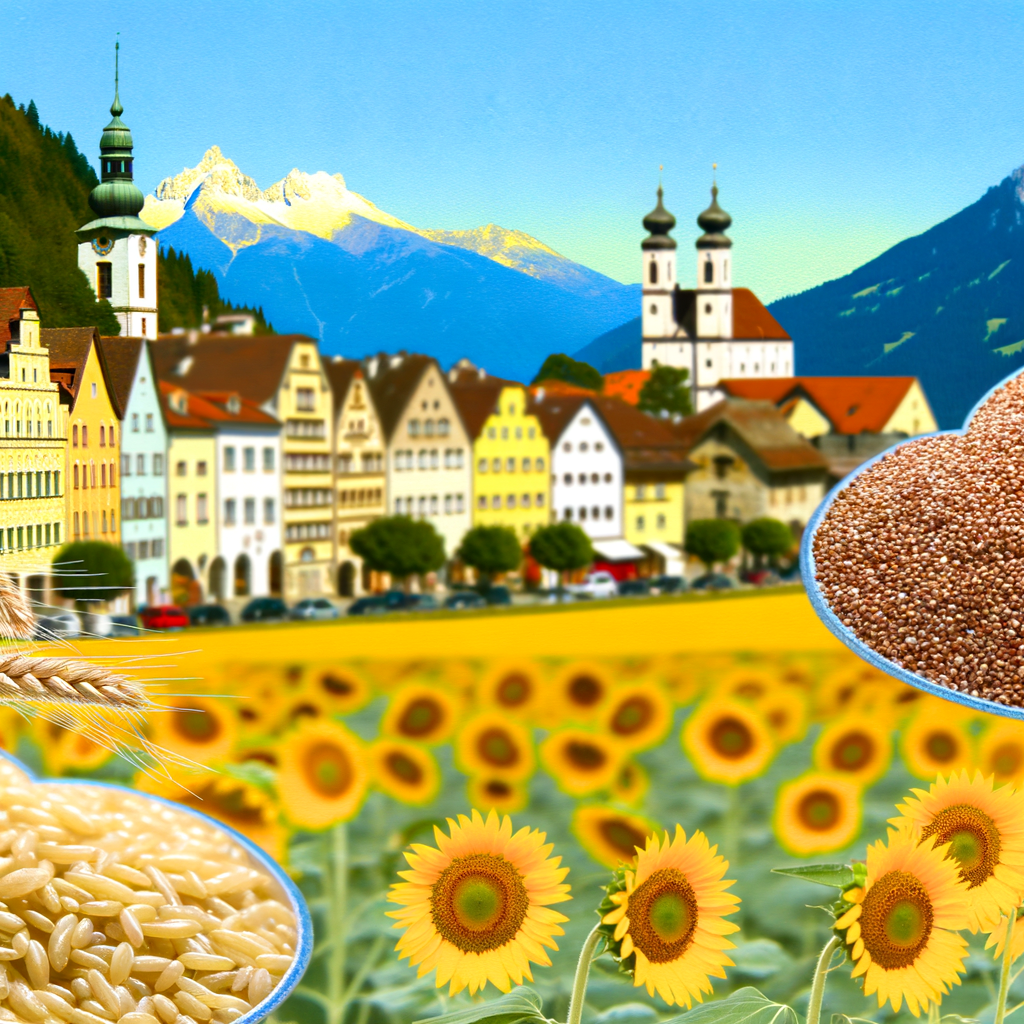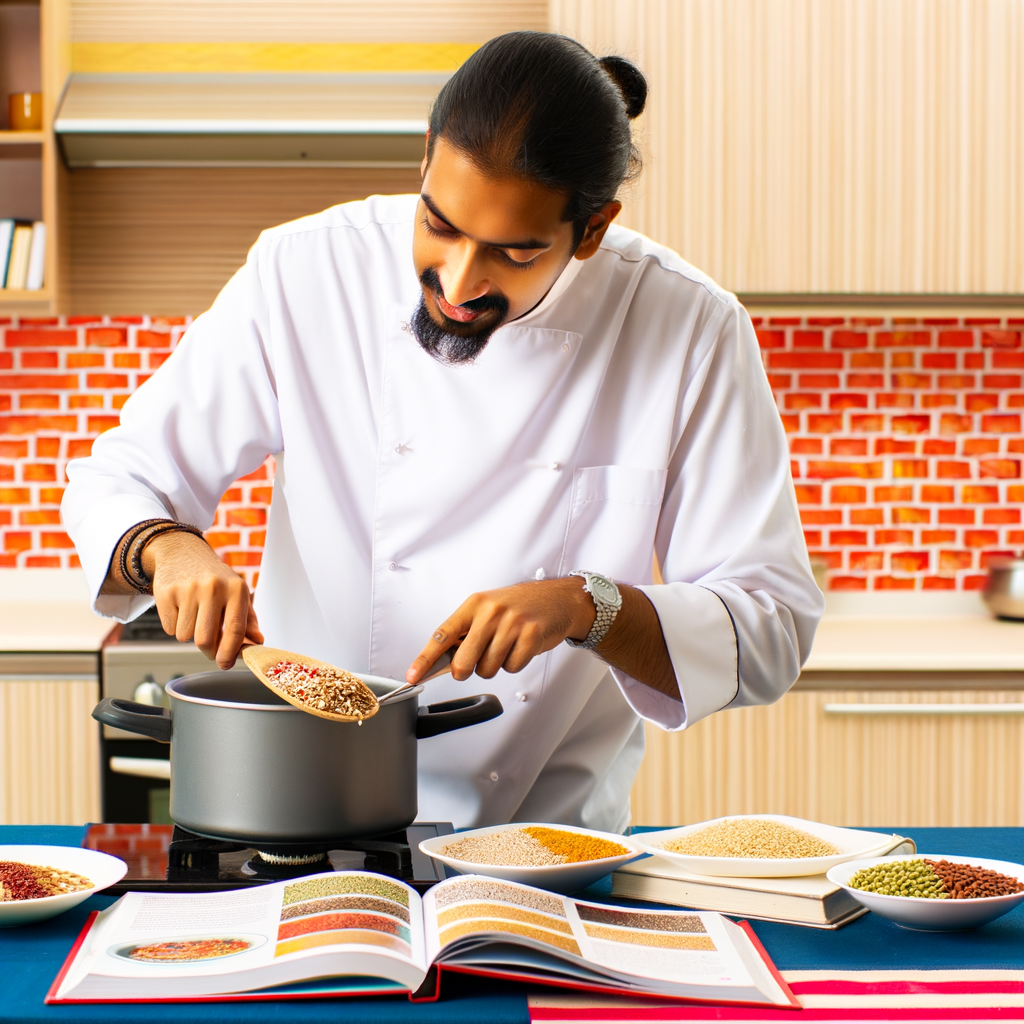Grains are an essential part of any European cuisine, providing both flavor and texture to traditional dishes. From the hearty breads of France to the savory pastas of Italy, grains play a crucial role in creating the diverse and delicious dishes that Europe is known for. But what exactly are grains and why are they so important?
Grains are the edible seeds of cereal plants and are categorized as either whole grains or refined grains. Whole grains, such as barley, oats, and quinoa, are considered healthier as they contain all parts of the grain, including the bran, germ, and endosperm. Refined grains, on the other hand, have had the bran and germ removed, leaving only the endosperm. While refined grains may have a longer shelf life, they lack the nutritional benefits of whole grains.
In European cuisine, grains are used in a variety of ways. They can be boiled, baked, or ground into flour to create a wide range of dishes. One of the most popular uses of grains is in bread, a staple in many European countries. Whether it’s a baguette in France or a ciabatta in Italy, bread is an important part of every meal.
Grains are also commonly used in pastas, such as spaghetti, penne, and farfalle, providing the perfect base for a variety of sauces and toppings. In Eastern Europe, grains such as buckwheat and millet are used to create hearty and filling dishes like kasha and pierogi.
While grains may seem simple, they are a crucial ingredient in European cuisine, providing both flavor and nutrition. So next time you sit down to enjoy a classic European dish, remember to thank the grains that make it all possible.





